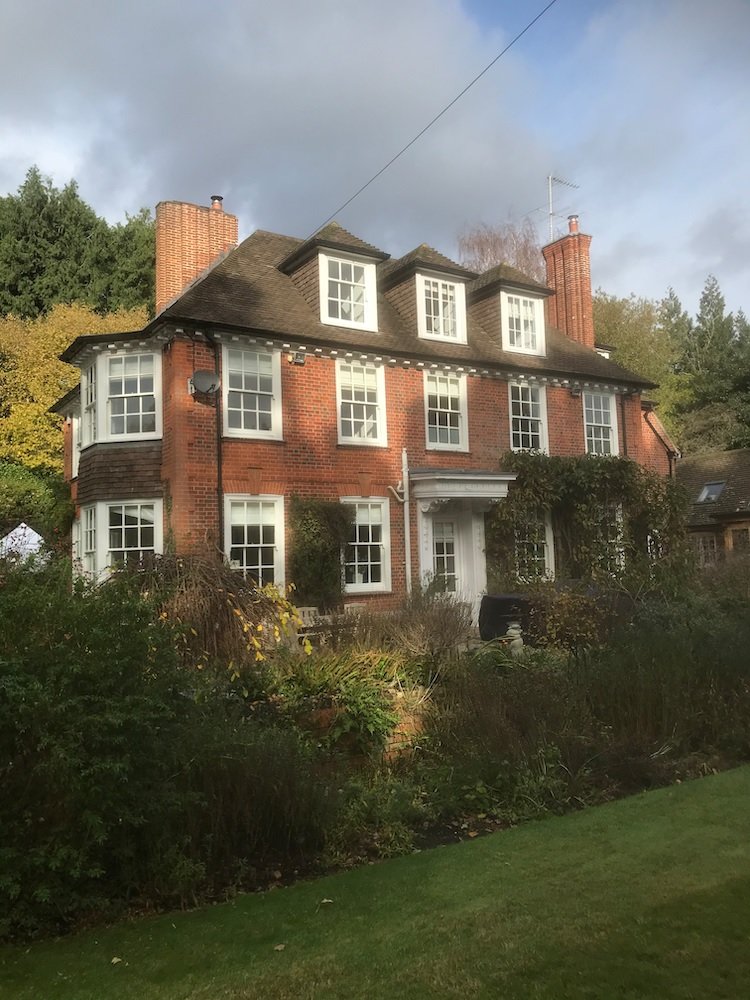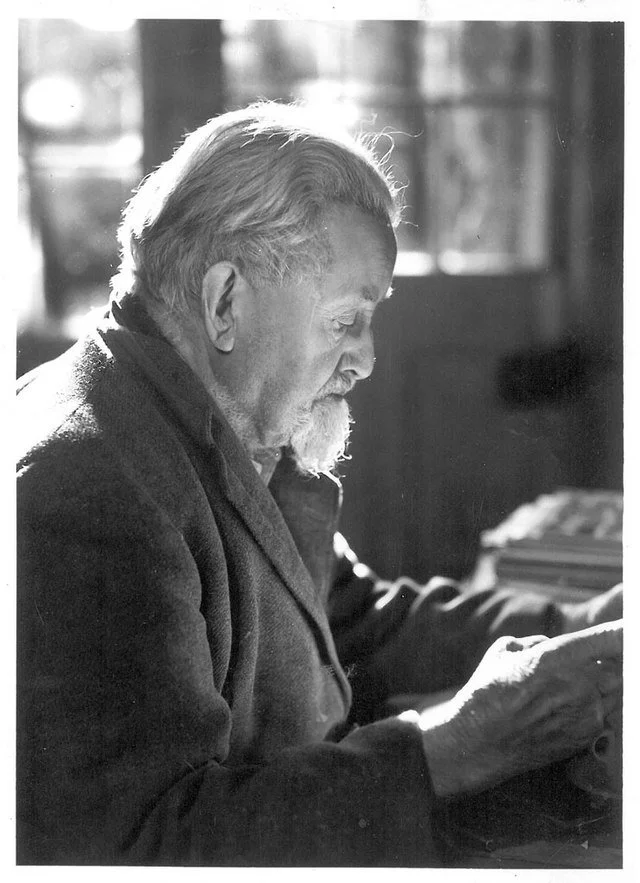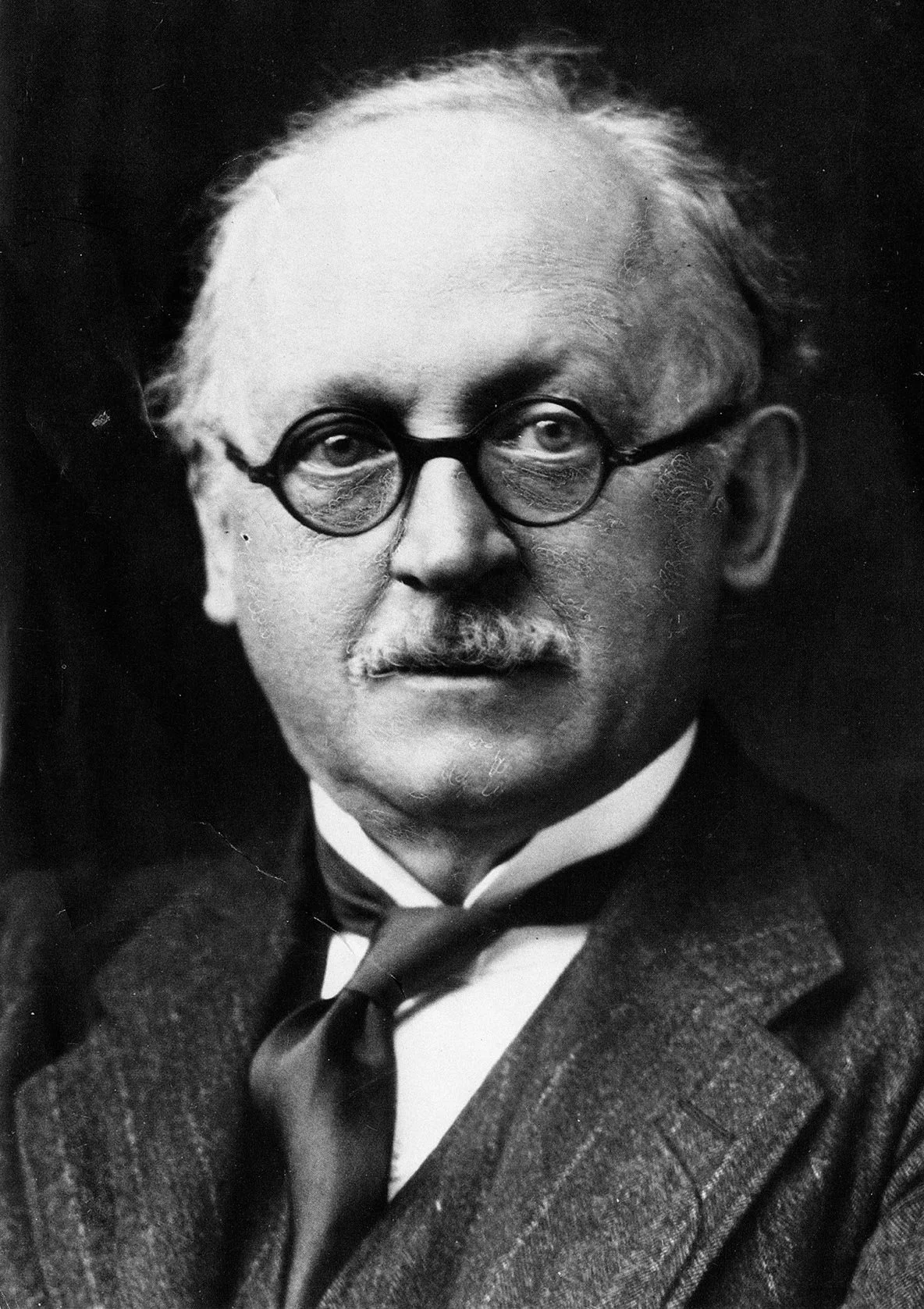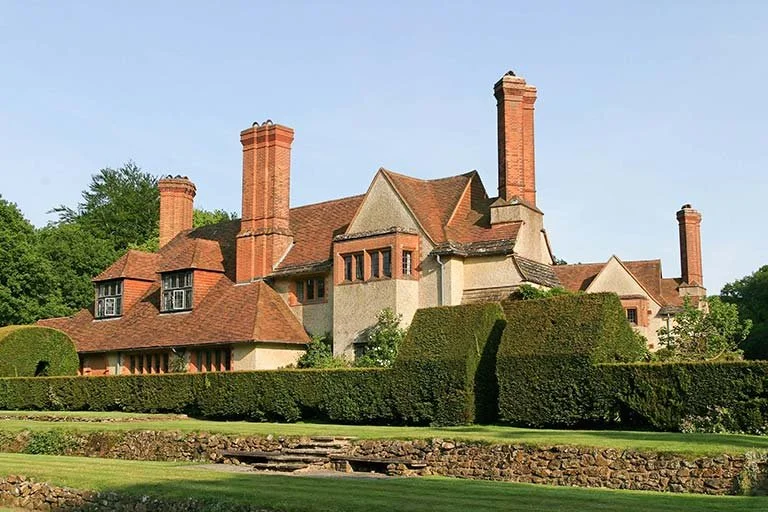PAST ARCHITECTS FROM FARNHAM, SURREY.
Exploring the Architectural Legacy of Farnham: Past Architects and the Essence of Farnham Architecture
Nestled in the heart of Surrey, England, Farnham boasts a rich architectural heritage that reflects centuries of craftsmanship, innovation, and cultural evolution. From its quaint cobblestone streets to its majestic landmarks, Farnham's architectural landscape serves as a testament to the creativity and vision of its past architects. Let us embark on a journey through time, exploring the legacies of these master builders and unravelling the essence of Farnham architecture.
Harold Falkner
One of the most renowned figures in Farnham's architectural history is Harold Falkner. Born in 1875, Falkner left an indelible mark on the town's skyline with his distinctive blend of Arts and Crafts style and Edwardian influences. His designs, characterized by intricate timber detailing, steeply pitched roofs, and asymmetrical facades, are emblematic of the era's emphasis on craftsmanship and harmony with nature. Falkner's notable works include The Bourne, a striking example of Arts and Crafts architecture, and the picturesque Farnham Pottery, which still stands as a testament to his enduring legacy.
Sir Edwin Lutyens
Another luminary in Farnham's architectural pantheon is Sir Edwin Lutyens, one of the most celebrated architects of the early 20th century. Though not a native of Farnham, Lutyens' influence can be felt throughout the town, particularly in his redesign of Farnham Castle and his collaboration with Gertrude Jekyll on the creation of Munstead Wood, her iconic Arts and Crafts garden. Lutyens' architectural vision, characterized by his mastery of proportion, symmetry, and classical elements, helped shape the aesthetic identity of Farnham and continues to inspire architects and enthusiasts alike.
Farnham itself
As we traverse the streets of Farnham, we encounter a tapestry of architectural styles and influences, each telling a unique story of the town's evolution. From the medieval splendour of St. Andrew's Church to the Georgian elegance of Castle Street, Farnham's built environment reflects the diverse layers of its history and the myriad cultural currents that have shaped its identity.
Yet, amidst the rich tapestry of historical architecture, Farnham also embraces modernity and innovation. Contemporary architects continue to leave their mark on the town, reinterpreting traditional forms and materials to create spaces that resonate with the needs and aspirations of the present day. Whether it's the sustainable design principles of the Farnham Maltings or the sleek lines of the University for the Creative Arts campus, Farnham's architectural landscape remains dynamic and ever-evolving.
Beyond its aesthetic allure, Farnham architecture serves as a tangible link to the past, connecting residents and visitors alike to the stories, traditions, and aspirations of those who came before. It invites us to contemplate the passage of time, the resilience of craftsmanship, and the enduring power of design to shape our experiences and perceptions of the world around us.
In conclusion, the architectural legacy of Farnham is a testament to the ingenuity, creativity, and craftsmanship of its past architects. From Harold Falkner's Arts and Crafts marvels to Edwin Lutyens' timeless masterpieces, Farnham's built environment bears witness to centuries of cultural exchange and artistic expression. As we continue to write the next chapter in Farnham's architectural story, let us honor the legacy of those who have gone before, while embracing the spirit of innovation and discovery that defines the essence of Farnham architecture.
Lеt us review ѕоmе раѕt grеаt аrсhitесtѕ frоm Farnham аnd Surrey.
William Curtis Green (1847–1916):
Renowned for his contributions to Victorian architecture, William Curtis Green made significant impacts in Farnham with his designs for several prominent buildings. Notably, he designed Farnham's former Town Hall, a striking example of Victorian municipal architecture characterized by its grand facade, ornate detailing, and imposing presence in the town center.
Harold Falkner (1858–1942):
A prominent local architect, Harold Falkner left an indelible mark on Farnham's architectural heritage with his numerous commissions in the late 19th and early 20th centuries. His work ranged from residential properties to public buildings, including the iconic Bourne Mill, celebrated for its Arts and Crafts style and picturesque setting along the River Wey.
Henry Peak (1815–1865):
Known for his contributions to ecclesiastical architecture, Henry Peak made significant contributions to Farnham's religious landscape. He designed or renovated several churches in the area, including St. Andrew's Church in Farnham, with his designs reflecting the Gothic Revival style popular during the Victorian era.
Inigo Triggs (1876–1923):
While not originally from Farnham, architect and garden designer Inigo Triggs made notable contributions to the town's architectural and landscape heritage. Triggs' designs were characterized by their sensitivity to the natural environment and his belief in integrating architecture with its surroundings. His influence can be seen in the gardens and landscapes of several estates and public spaces in and around Farnham.
Alfred Waterhouse (1830–1905):
Although primarily known for his work in London and Manchester, Alfred Waterhouse's architectural legacy extends to Farnham through his design of Moor Park Mansion. This grand country house, situated just outside Farnham, showcases Waterhouse's distinctive Victorian Gothic style and remains an architectural gem in the area.
These architects, among others, have left an enduring legacy in Farnham, shaping its architectural identity and contributing to its cultural heritage. Their designs continue to inspire admiration and appreciation, reminding residents and visitors alike of the town's rich architectural tapestry and the enduring legacy of its past architects.




